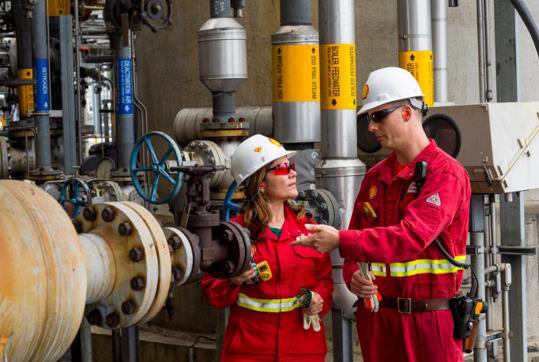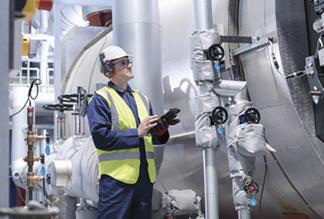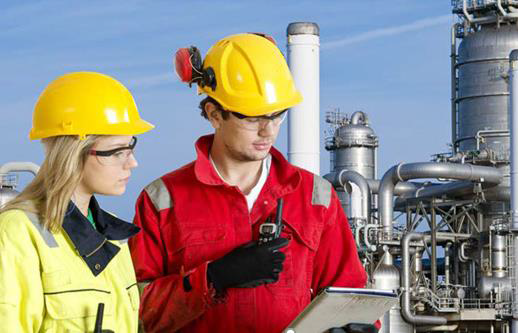COURSE OVERVIEW
PE0531 : Flare, Blowdown & Pressure Relief Systems: Operation, Maintenance & Troubleshooting

OVERVIEW
| COURSE TITLE | : | PE0531 : Flare, Blowdown & Pressure Relief Systems: Operation, Maintenance & Troubleshooting |
| COURSE DATE | : | Mar 03 - Mar 07 2024 |
| DURATION | : | 5 Days |
| INSTRUCTOR | : | Mr. Mervyn Frampton |
| VENUE | : | Dubai, UAE |
| COURSE FEE | : | $ 5500 |
| Request For Course Outline | ||
OTHER SCHEDULED DATES
| Date | : | Feb 26 - Feb 29 (4 Days) | Location | : | Doha, Qatar | Classroom Fee (US$) | : | $ 6000 | Course Info |
| Date | : | Mar 04 - Mar 07 (4 Days) | Location | : | Al Khobar, KSA | Classroom Fee (US$) | : | $ 4500 | Course Info |
| Date | : | Jun 10 - Jun 13 (4 Days) | Location | : | Dubai, UAE | Classroom Fee (US$) | : | $ 4500 | Course Info |
| Date | : | Sep 09 - Sep 12 (4 Days) | Location | : | Abu Dhabi, UAE | Classroom Fee (US$) | : | $ 4500 | Course Info |
Course Description
This practical and highly-interactive course includes various practical sessions and exercises. Theory learnt will be applied using our state-of-the-art simulators. The flare, blowdown and pressure relief systems are the most important elements for emergency and operational discharge of flammable substances in the process facilities. Safety relief and flare systems control vapour?s and liquids that are released by pressure-relieving devices and blow-downs. Pressure relief is an automatic, planned release when operating pressure reaches a predetermined level. Blowdown normally refers to the intentional release of material, such as blowdowns from process unit start-ups, furnace blowdowns, shutdowns, and emergencies. Vapor depressuring is the rapid removal of vapour?s from pressure vessels in case of fire. This may be accomplished by the use of a rupture disc, usually set at a higher pressure than the relief valve. The principal elements of the safety relief and flare systems are the individual pressure relief devices, the flare piping system, the flare separator drum, and the flare (including igniters, tips, sealing devices, purge and steam injection for smokeless burning). Application of relief devices must comply with appropriate ASME Vessel Codes and API 520/521 standards.Design of relief devices must comply with applicable national codes and laws as well as the requirements of the insurance covering the plant or installation. National regulations not only cover safety but also environmental considerations such as air and water pollution and noise abatement. This course presents a convenient overview of relief system details based on the full scope of API, ASME, and other code and specification requirements. It covers all aspects of relief flare systems from the emergency relief sources through the valving and flare network right to the stack and flare tip. Descriptions and design criteria will be outlined for flare tips, seals, stacks, knockout drums, header systems, relief valves, depressurization systems and basic hazard analysis. Alternative design methods will be also described with reference to the specific nature of relief and flare systems worldwide. link to course overview PDF
TRAINING METHODOLOGY
This interactive training course includes the following training methodologies as a percentage of the total tuition hours
LecturesWorkshops & Work Presentations
Case Studies & Practical Exercises
Videos, Software & Simulators
In an unlikely event, the course instructor may modify the above training methodology before or during the course for technical reasons.
VIRTUAL TRAINING (IF APPLICABLE)
If this course is delivered online as a Virtual Training, the following limitations will be applicable
| Certificates | : | Only soft copy certificates will be issued to participants through Haward’s Portal. This includes Wallet Card Certificates if applicable |
| Training Materials | : | Only soft copy Training Materials (PDF format) will be issued to participant through the Virtual Training Platform |
| Training Methodology | : | 80% of the program will be theory and 20% will be practical sessions, exercises, case studies, simulators or videos |
| Training Program | : | The training will be for 4 hours per day starting at 09:30 and ending at 13:30 |
| H-STK Smart Training Kit | : | Not Applicable |
| Hands-on Practical Workshops | : | Not Applicable |
| Site Visit | : | Not Applicable |
| Simulators | : | Only software simulators will be used in the virtual courses. Hardware simulators are not applicable and will not be used in Virtual Training |
RELATED COURSES

PE0640 : Troubleshooting Process Operations
- Date : Dec 16 -Dec 19 / 3 Days
- Location : Istanbul, Turkey
- Course Details Register

PE0105-4D : Process Plant Optimization Technology & Continuous Improvement
- Date : Nov 11 -Nov 14 / 3 Days
- Location : Abu Dhabi, UAE
- Course Details Register

PE0100 : Process Plant Optimization Technology & Continuous Improvement
- Date : Nov 11 -Nov 14 / 3 Days
- Location : Dubai, UAE
- Course Details Register

PE0055 : Process Reactors: Operation, Troubleshooting, Start-Up & Shutdown
- Date : Dec 09 -Dec 12 / 3 Days
- Location : Dubai, UAE
- Course Details Register
